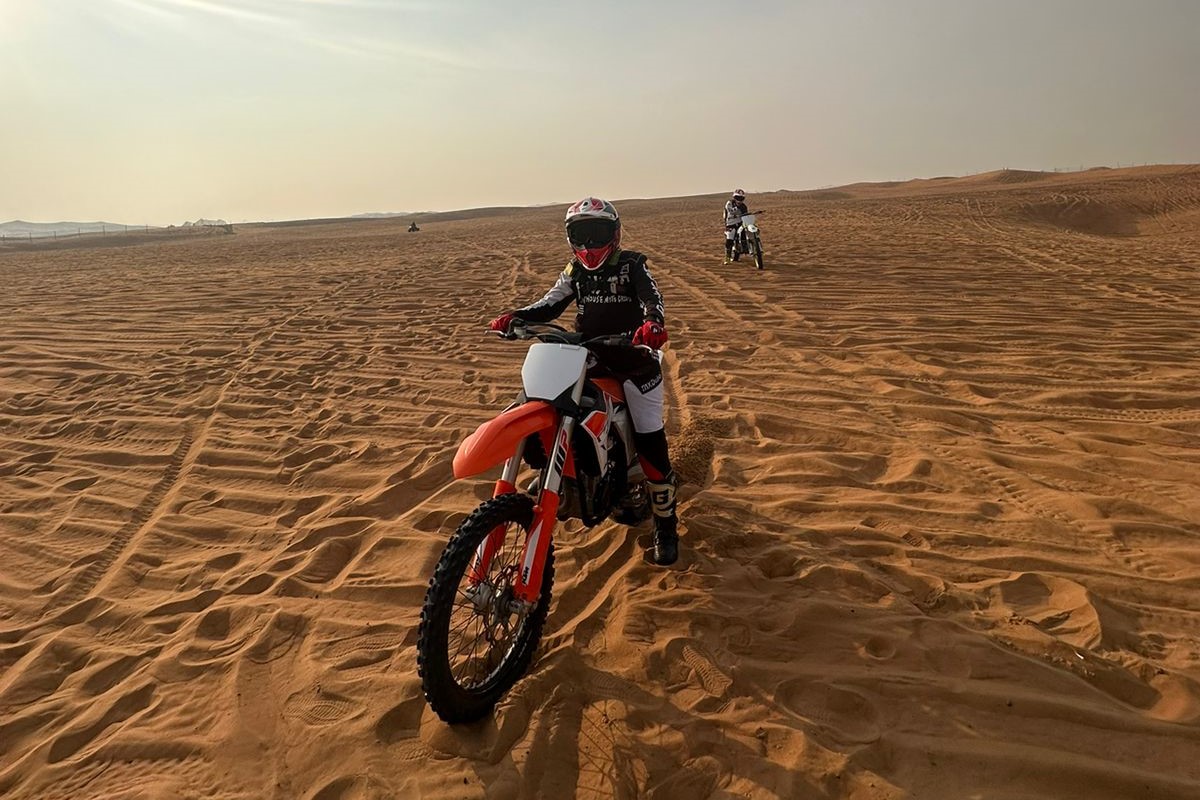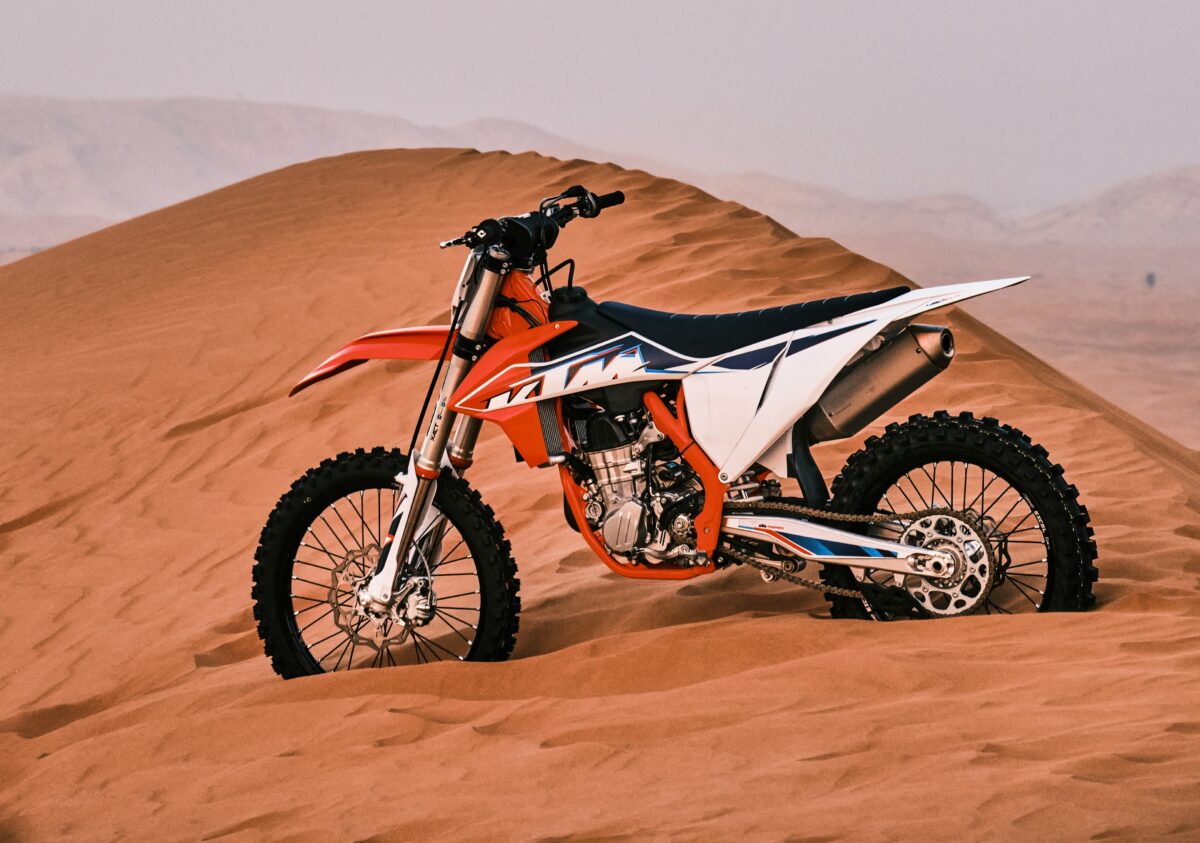Exploring the golden sands of Dubai’s desert is nothing short of a magical experience. Whether you’re an adrenaline junkie or someone seeking tranquility under the stars, a desert safari in Dubai offers something for everyone. With a myriad of activities to choose from, it’s easy to get lost in the excitement. This guide will walk you through all the thrilling and relaxing activities you can enjoy on your next desert adventure in Dubai.
1. Dune Bashing: A Thrill Seeker’s Dream
When you think of a desert safari in Dubai, the first thing that comes to mind is often dune bashing. Imagine riding in a 4×4 vehicle, scaling towering sand dunes, and then plunging down the other side in an exhilarating roller-coaster-like experience. The sand kicks up like waves in the ocean as your driver expertly navigates the shifting sands. It’s a heart-pounding adventure that’s perfect for adrenaline junkies.
Dune bashing is an unforgettable experience that offers a unique way to explore the desert’s natural beauty. Don’t forget to hold on tight, as the ride can get bumpy, but that’s all part of the fun!
2. Camel Riding: A Journey Back in Time
For a more traditional and relaxed experience, camel riding is a must-try. Camels, known as the “ships of the desert,” have been used for centuries by Bedouins to traverse the arid landscape. Riding a camel allows you to step back in time and experience the desert as it was for generations.
As you sway gently atop your camel, you’ll have the chance to take in the vast expanse of the desert. It’s a peaceful and reflective experience that contrasts nicely with the high-octane activities like dune bashing.
3. Sandboarding: Surfing the Dunes
If you’re a fan of snowboarding, then sandboarding is an activity you won’t want to miss. Think of it as surfing the desert sands. Strap a board to your feet and glide down the steep slopes of the dunes. It’s an exhilarating way to enjoy the desert and one of the more unique activities you can do on a desert safari.
Sandboarding can be enjoyed by beginners and experts alike, making it a great option for families or groups with varying skill levels. Plus, the soft sand makes for a more forgiving landing than snow!
4. Dirt Biking: Conquer the Sands
For those who crave adventure and control, dirt biking in the desert is an experience like no other. Imagine racing across the sandy terrain on a powerful dirt bike, feeling the wind in your face and the thrill of the ride. The vast desert provides the perfect playground for dirt biking, with plenty of open space to explore and challenge yourself.
Dirt biking is perfect for those who want to combine speed with skill. Whether you’re a seasoned rider or a beginner, there are options for all levels. Just remember to gear up for safety, as the desert can be unpredictable!
5. Buggy Rental: Speed Through the Desert
If dirt biking sounds a bit too intense, but you still want to experience the desert’s thrill, buggy rental might be the perfect fit. Buggies offer a stable and powerful way to navigate the desert, combining the excitement of off-roading with the security of a four-wheeled vehicle.
With buggy rental, you can speed through the desert at your own pace, explore the dunes, and even race with friends. The buggies are easy to handle, making them a great option for families and groups who want to enjoy the adventure together.
6. Quad Biking: Adventure on Four Wheels
Quad biking is another popular way to explore the desert. These all-terrain vehicles (ATVs) offer the perfect balance between excitement and control. Riding a quad bike allows you to navigate the desert’s challenging terrain with ease while still enjoying the thrill of the ride.
Quad biking is ideal for those who want to experience the desert up close and personal. You’ll have the freedom to explore at your own pace, and the quad bike’s stability makes it accessible even for beginners.
7. Hot Air Balloon Rides: A Bird’s Eye View
For a truly breathtaking experience, a hot air balloon ride over the desert is unmatched. As you ascend into the sky, you’ll be greeted with panoramic views of the golden sands stretching out as far as the eye can see. The sunrise or sunset adds an extra layer of magic to the experience, painting the desert in a palette of warm hues.
A hot air balloon ride offers a peaceful contrast to the more adrenaline-fueled activities, providing a serene way to take in the beauty of the desert from above. It’s an experience that will leave you in awe of the vastness and tranquility of the desert.
8. Bedouin Camp Experience: Embrace the Culture
A desert safari in Dubai isn’t just about the thrills; it’s also an opportunity to immerse yourself in the rich culture of the region. The Bedouin camp experience offers a glimpse into the traditional way of life in the desert.
At the camp, you can enjoy traditional Arabic hospitality with a variety of cultural activities. Try henna painting, watch a falconry display, or simply relax with a cup of Arabic coffee while enjoying the sunset. The Bedouin camp experience is a great way to slow down and appreciate the history and culture of the desert.
9. Traditional Entertainment: Music and Dance
As the sun sets and the stars begin to twinkle, the desert comes alive with traditional music and dance performances. A highlight of the Bedouin camp experience, these performances showcase the rich cultural heritage of the region.
You’ll be mesmerized by the graceful movements of belly dancers and the hypnotic rhythms of traditional Arabic music. It’s a lively and engaging way to end your day in the desert, creating memories that will last a lifetime.
10. Stargazing: A Tranquil Finale
The desert’s vast, open skies make it the perfect place for stargazing. With minimal light pollution, you’ll have a clear view of the stars, making it an ideal way to wind down after a day of adventure.
As you lay back on the cool sand, gazing up at the night sky, you’ll feel a deep connection with nature. Stargazing in the desert is a peaceful and reflective experience, offering a tranquil finale to your desert safari.
Conclusion
A desert safari in Dubai offers a unique blend of adventure, culture, and natural beauty. Whether you’re speeding across the dunes on a dirt bike or relaxing under the stars, there’s something for everyone to enjoy. The desert is a place of contrasts—where adrenaline meets tranquility, and tradition meets modernity. No matter what activities you choose, a desert safari is an unforgettable experience that will leave you with memories to cherish.
FAQs
1. What is the best time to go on a desert safari in Dubai?
The best time to go on a desert safari in Dubai is during the cooler months, from October to April. During this time, the weather is more comfortable for outdoor activities.
2. Is dune bashing safe for everyone?
Dune bashing is generally safe for most people, but it may not be suitable for pregnant women, young children, or those with certain medical conditions. It’s always best to check with your tour operator.
3. Do I need experience to go dirt biking in the desert?
No prior experience is needed to go dirt biking in the desert. There are options for both beginners and experienced riders. However, it’s important to follow safety guidelines and instructions from your guide.
4. What should I wear on a desert safari?
It’s recommended to wear light, breathable clothing and closed-toe shoes. Sunglasses and sunscreen are also essential to protect yourself from the sun. If you plan to go on activities like dune bashing or dirt biking, wear comfortable and secure clothing.
5. Can I rent a buggy or quad bike if I don’t have a driver’s license?
Most tour operators require you to have a valid driver’s license to rent a buggy or quad bike. However, some offer guided tours where you can ride as a passenger, so it’s best to check with the operator beforehand.



